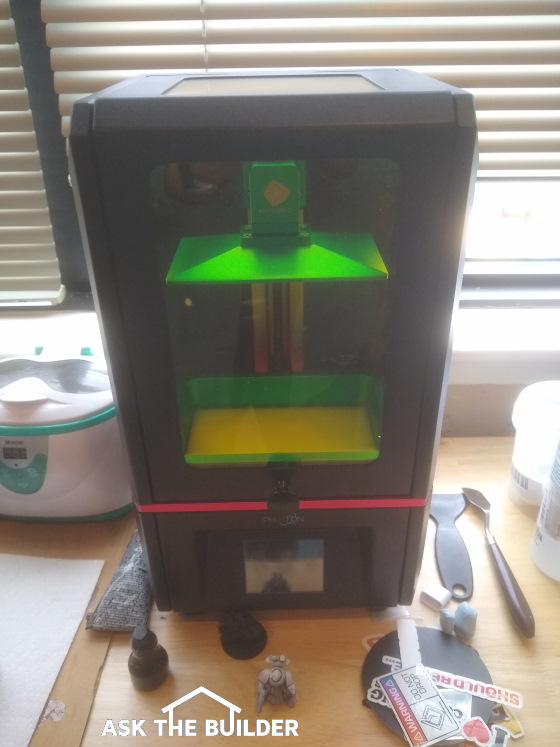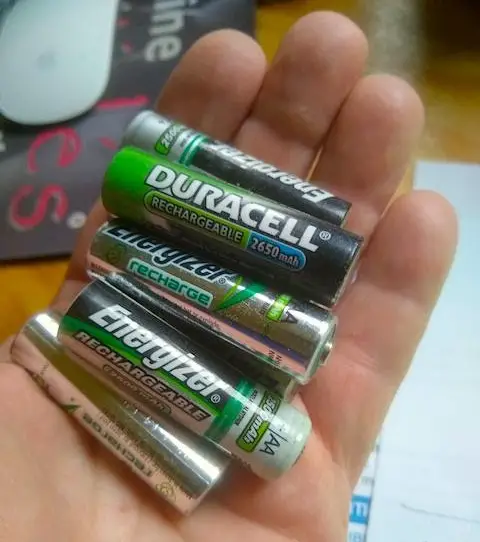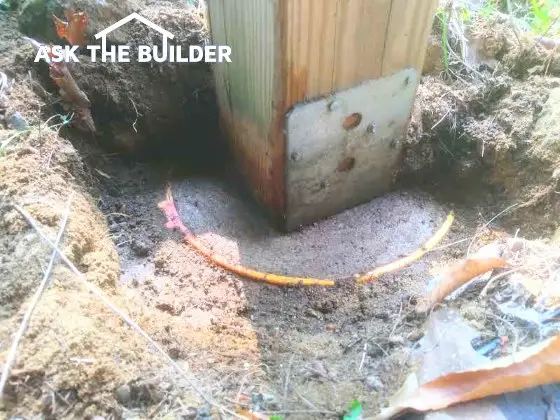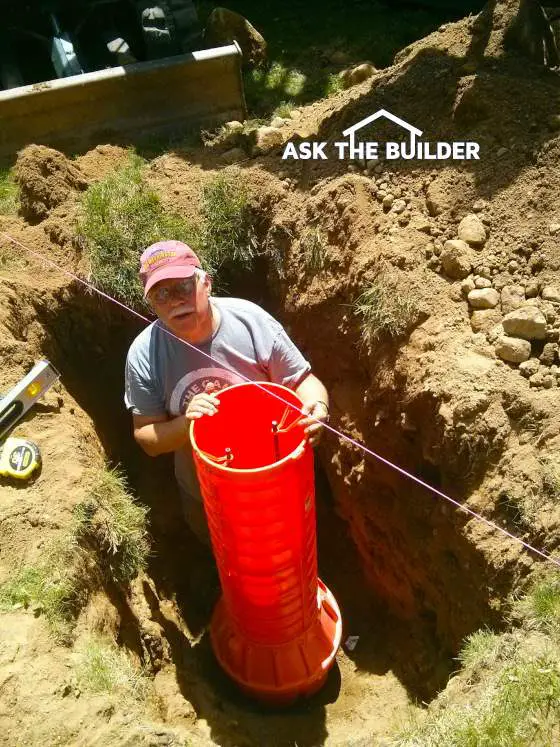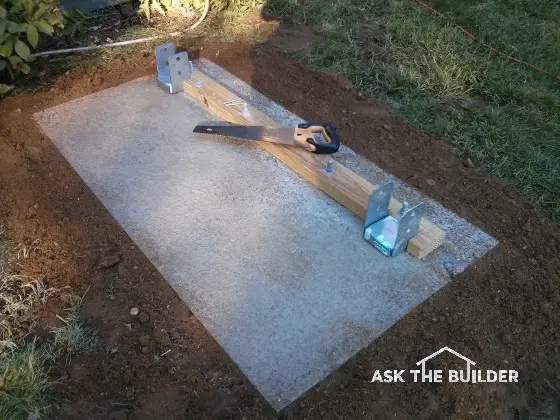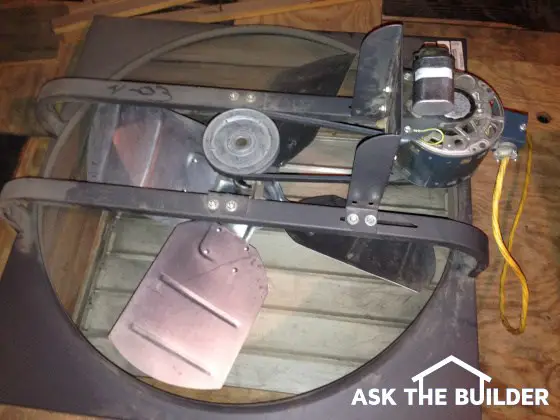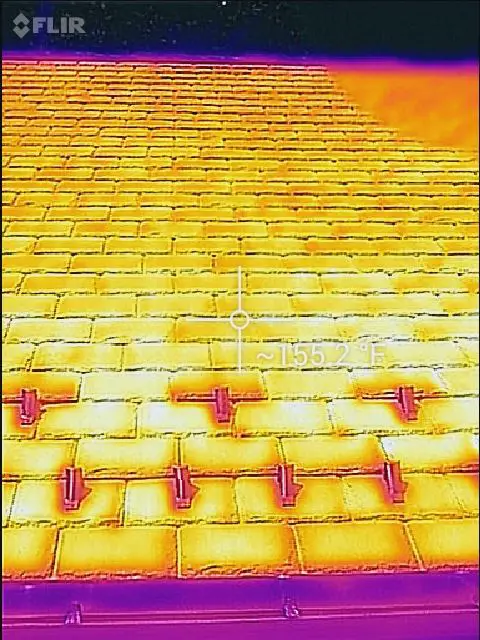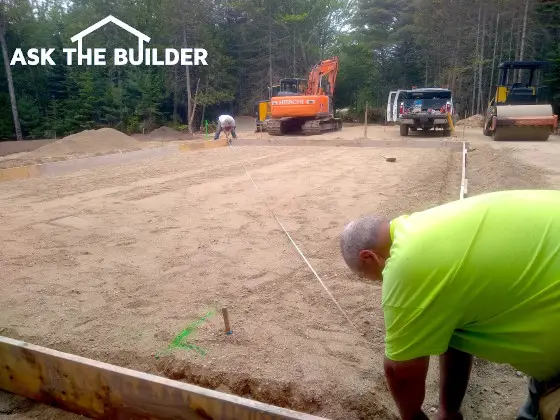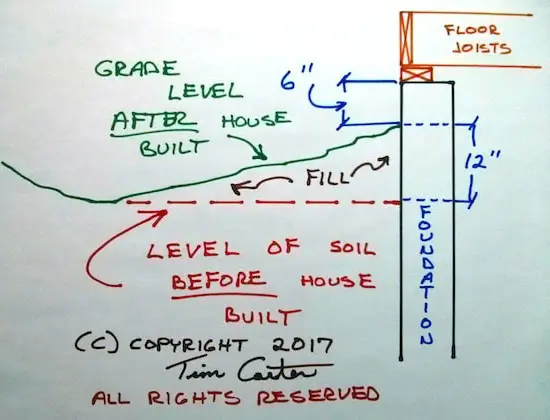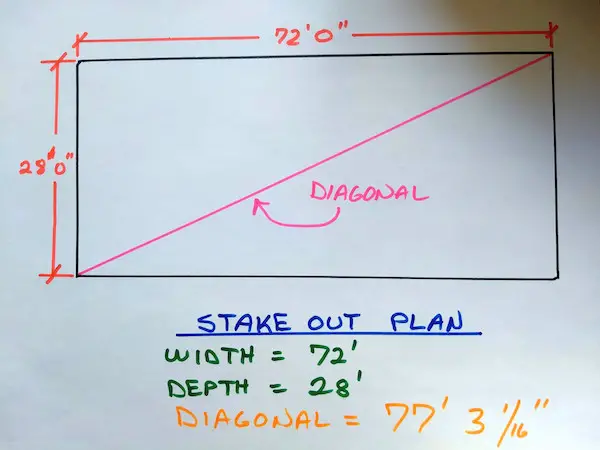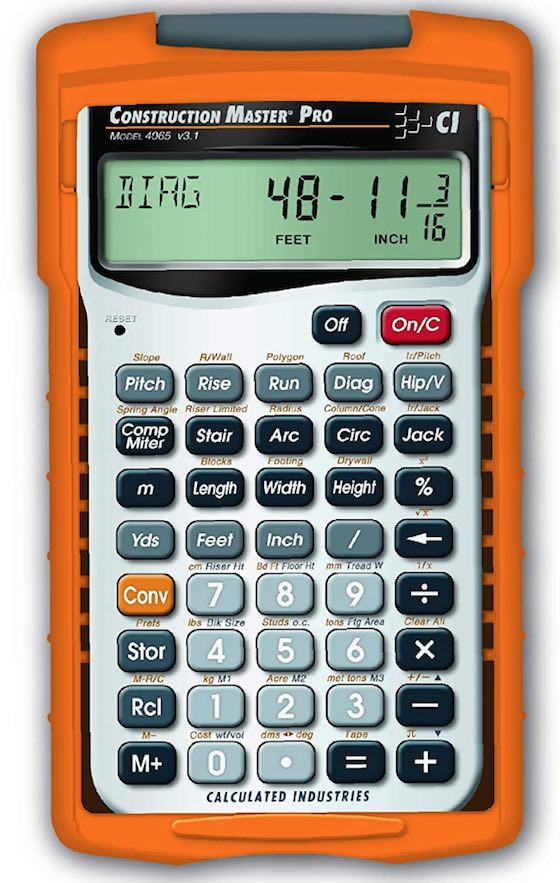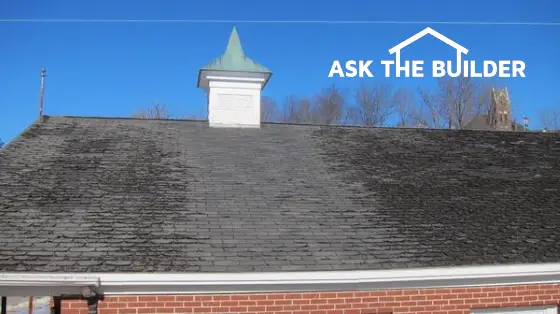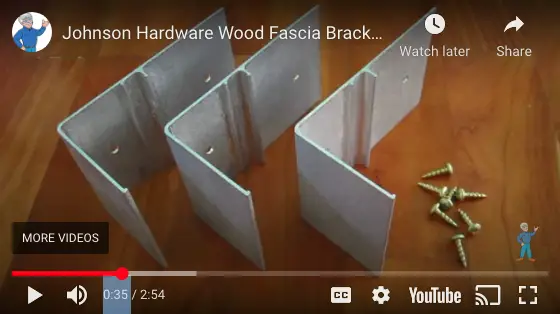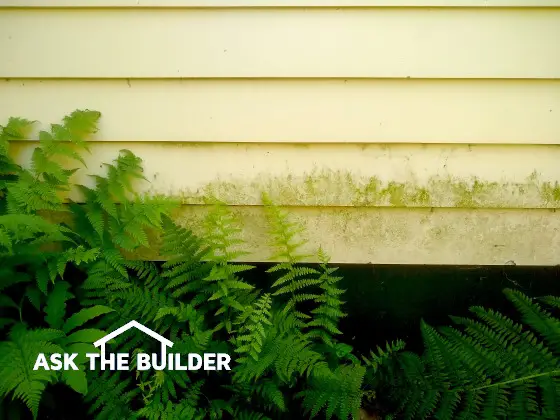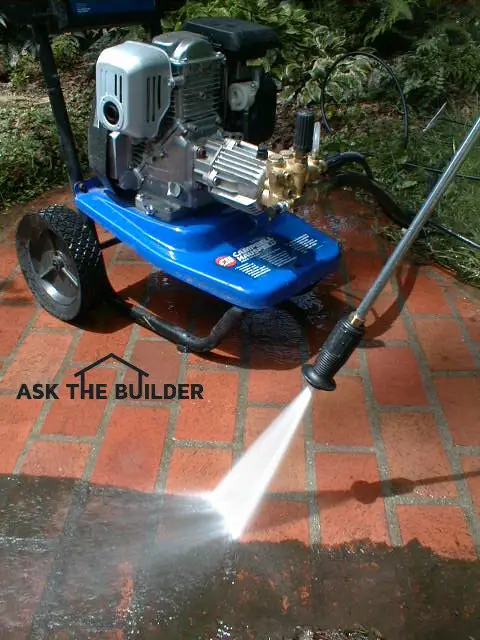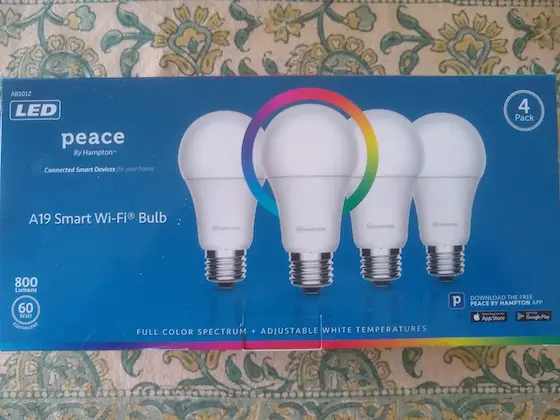
How to Prevent Bats in Attic | Yes, the things in this box will prevent bats in your attic. Keep reading to understand WHY.
How to Prevent Bats in Attic - Very Easy
IMPORTANT Author Note: After this column was featured in the July 4, 2021 newsletter, a subscriber was kind enough to share her frightening and expensive story about a bat encounter. It's at the bottom of this column. I URGE you to read it.
Bats frighten many people. The movie industry cranking out horror movies has helped foster the image that bats are evil and put in the same category as serpents.
The truth is bats are, for the most part, harmless and they're really good at eating pesky insects. But when it's time for them to rest, you don't want them doing it in your attic for goodness sake!
Where do Bats Sleep or Rest?
Bats sleep or rest in dark places. They're nocturnal mammals and are awake and moving about feeding when it's dark. They prefer darkness to sleep just as many humans do. For this reason, bats seek out caves, dark places behind shutters, house and barn attics, or a dim or dark corner of a room.
How do Bats Get in my Attic?
Bats can get in your attic via:
- small holes in your roof
- a gable-end ventilation vent
- a hole in a soffit
- a gap in roof or chimney flashing
- a gap in a roof ridge vent
The hole or gap can be quite small. Bats are similar to mice and they can contort their bodies to get through very narrow gaps, cracks, and small holes. A gap just 1/2-inch wide by 3 inches long is plenty of space for a bat to pass through.
Watch this video to see all the possible places where a bat can enter your attic:
What are Bat Valves?
A bat valve is a device that allows bats to exit where they sleep and roost but prevents them from re-entering the attic or dark place as dawn arrives. You can purchase these yourself and install them in the holes that bats are using to go in and out of your attic. Watch this second video showing the installation of a bat valve:
What is the Best Way to Prevent Bats in Attic?
The best way to prevent bats in your attic is to install bat valves and once you know they're gone, seal up the entry holes or gaps.
The second-best way to give bats the bum's rush is to install several bright LED smart light bulbs up in your attic.

Here's a pack of 4 Peace LED smart bulbs. CLICK or TAP HERE to get quality smart bulbs now.
These bulbs can be controlled using an app on your smartphone and will automatically come on and go off so you always have bright light in the attic during the daylight hours.
The bats abhor bright light and they'll leave the attic on their own to find a dark place to roost during the day. Keep reading to see why this light bulb method is the CHEAPEST way to remove bats from an attic.
What Does it Cost to Have Bats Removed from an Attic?
It might cost you well over $1,000 to have a professional come to remediate bats. A friend of mine spent $1,500 in the summer of 2020 to have bat valves installed and then the entry holes sealed up.
How Much Does it Cost to Have LED Bulbs On?
Let's say you install two 8-watt LED bulbs that produce the same light as a traditional 75-watt incandescent bulb. Assume you pay 15 cents for every 1,000 watts of energy you consume. Assume the lights will be on for 12 hours a day.
Each bulb will consume 2,880 watts each 30 days. So in one month, the bulbs will consume 5,760 watts. Your cost would be about 87 cents. In a year, you'd spend about $10.45 for the electricity.
You can see why it's probably a very smart move to install the smart bulbs FIRST to see if you can evict the bats from your attic before you hire a professional. No matter what method you choose, you want to seal up the gaps or holes to prevent the bats from entering in the first place.
Author's Note: My college degree is in geology, not electrical engineering like Craig McCluskey. Craig is a subscriber to my free newsletter, read the above, and politely pointed out my calculations were wrong about energy consumption. Here's what he sent:
"I realize you have a geology degree, not electrical engineering as I do, so bear with me.
There is an analogy between using electricity and driving a car. Watts is the rate of using energy* as speed (miles per hour) is the rate of covering distance (miles).
So we have:
Car | Electricity
------------------|----------------
miles per hour | watts
miles | watt-hoursIn rewriting that portion of the column correctly:
Let's say you install two 8-watt LED bulbs that produce the same light as a traditional 75-watt incandescent bulb. Assume you pay 15 cents for every 1,000 watt-hours (which is 1 kilowatt-hour) of energy you consume. Assume the lights will be on for 12 hours a day.
Each bulb will consume 2,880 watt-hours (2.88 kWh), each 30 days. So in one month, the bulbs will consume 5,760 watt-hours (5.76 kWh). Your cost would be about 87 cents. In a year, you'd spend about $10.52 for the electricity.
* If you want to get technical, Watts is Joules/second and energy is Joules. Hope that helps.
Regards,
Craig
Homeowner Bat Story:
About 2 years ago, my husband Steve was in the bathroom and realized there was a bat in there with him! He immediately got out of the bathroom, then slowly went back, took a towel, and chased the bat out of the window. This is absolutely the WRONG thing to do, and we found out the hard way.
We had a wildlife outfit come the next day to bat-proof the house (thankfully, no bats were in the house, because they're a protected species in NC and if they're nesting in your house, you have to wait until the babies leave the house before you can bat-proof it!).
As Steve was discussing what he'd done with the bat expert, when Steve mentioned that the bat had touched his arm as he chased it out the window, the fellow immediately paused and gave Steve a very long look. Then he told him that his company requires them to get rabies shots if they've ever touched a bat in the process of performing their jobs. The reason being, he said, was that you can be scratched by a bat or even bitten and not know it because their claws and teeth are so tiny.
We also read in later information that if you've been sleeping and find a bat in the room with you and then you chase it out, you will need to get the rabies shots as well, because you can't know if it touched you.
Naturally, to say that was very concerning was an understatement! Of course, you can't take a chance with something like that, so Steve had to get the rabies shots series. The good news is that they aren't the horrific shots of old. The bad news is that here in NC the first shot, which consists of a gamma globulin shot as well as a rabies shot, has to be given at a hospital. Which means an emergency room. So as soon as you walk through the door, you're in for an "emergency room" charge as well as any other high hospital charges.
He never even saw a doctor at that visit--a PA saw him. He got those two shots. Then the protocol requires another 3 shots given on a very specific time frame--as in, you have to have them on a particular day--not one day earlier or later. Steve couldn't get to the NC Health Department to get the remaining shots (which charges about $350 or so for each shot, but is only open from 8 to 5 and only has one location here in Raleigh), so had to go back to the hospital to get the remaining shots. In the end, the total charges for these shots, for which he never saw a doctor, or never was admitted to the hospital, was $20,000! Insurance, thankfully, did cover part of it, but we're still making payments on the $4,000 that was our part of the fiasco.
The lesson here is: If you find a bat in your house, DO NOT chase it out. Confine it as best you can wherever it may be and immediately call animal control so that they can capture it and test it for rabies (sadly, this means killing the bat). Or, if you really want to make it leave your house, be SURE you're covered head to toe with heavy clothing, a hat and gloves, and as much protection you can put on you so that it doesn't touch you as you chase it out.
I wish we had known these things before this episode, and we'd be $4,000 richer. Whenever the subject of bats comes up when I'm having conversations with other people, I always bring up this story so the same thing doesn't happen to someone else.
Thanks for reading this long missive!
Happy Fourth of July!!!
